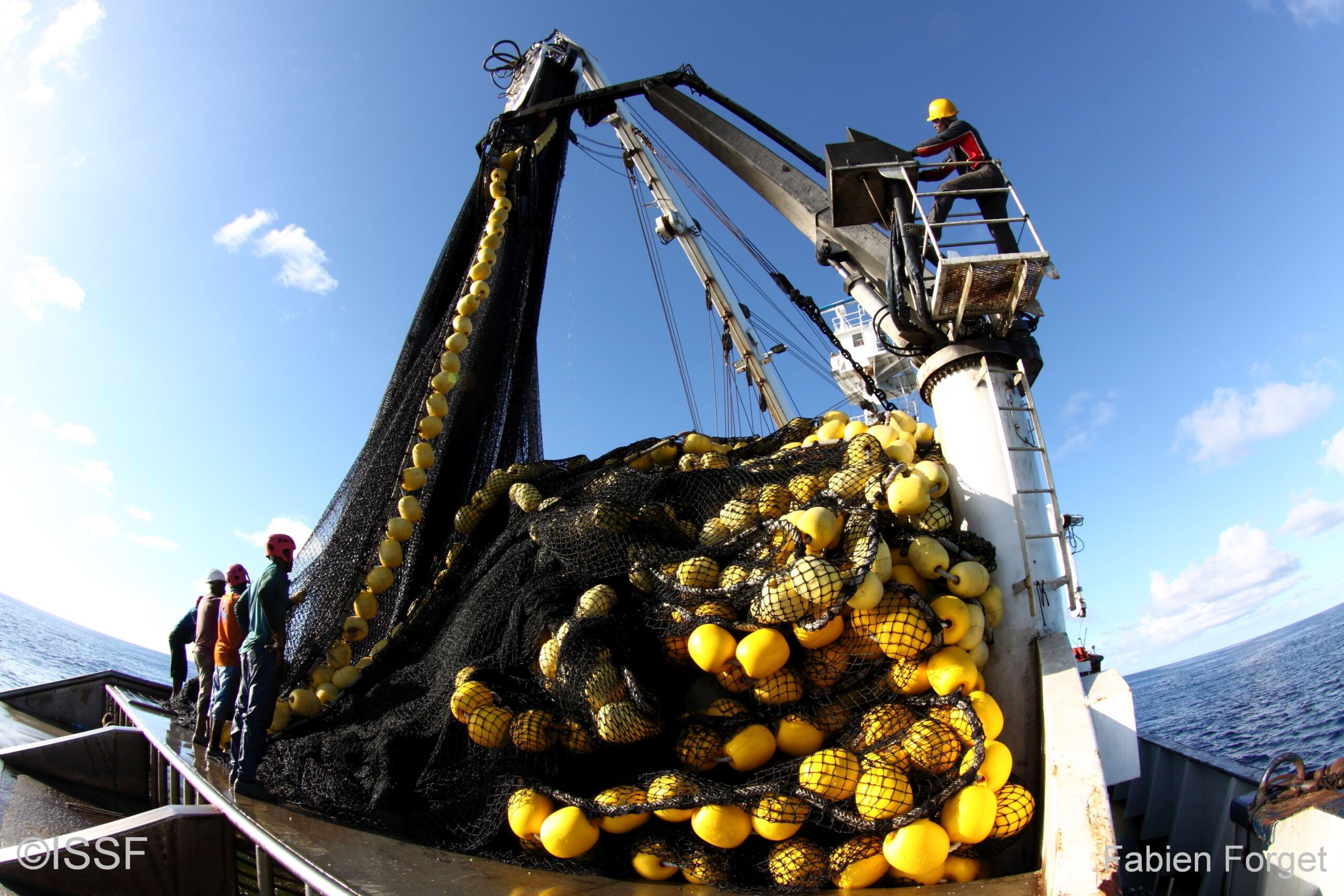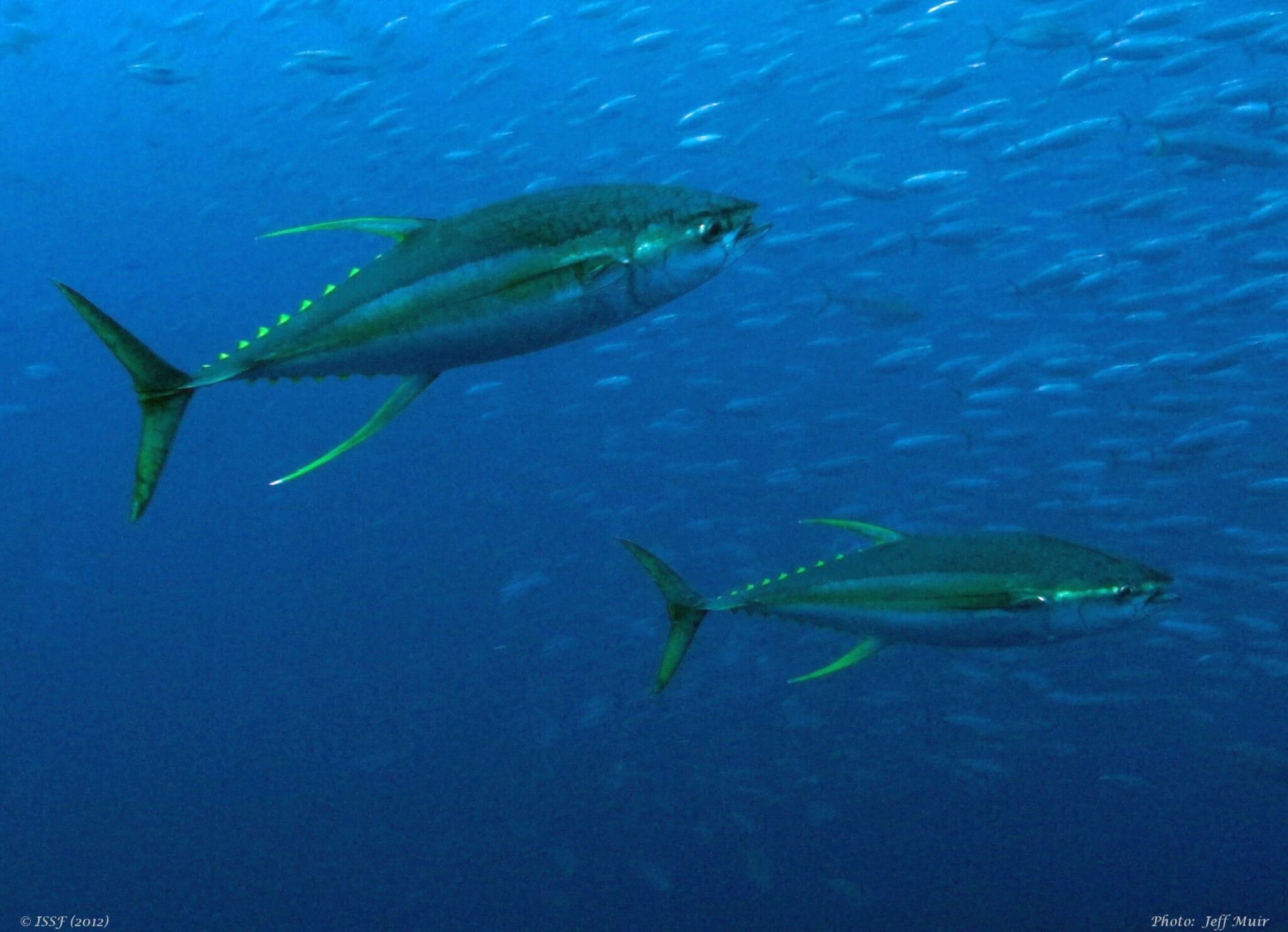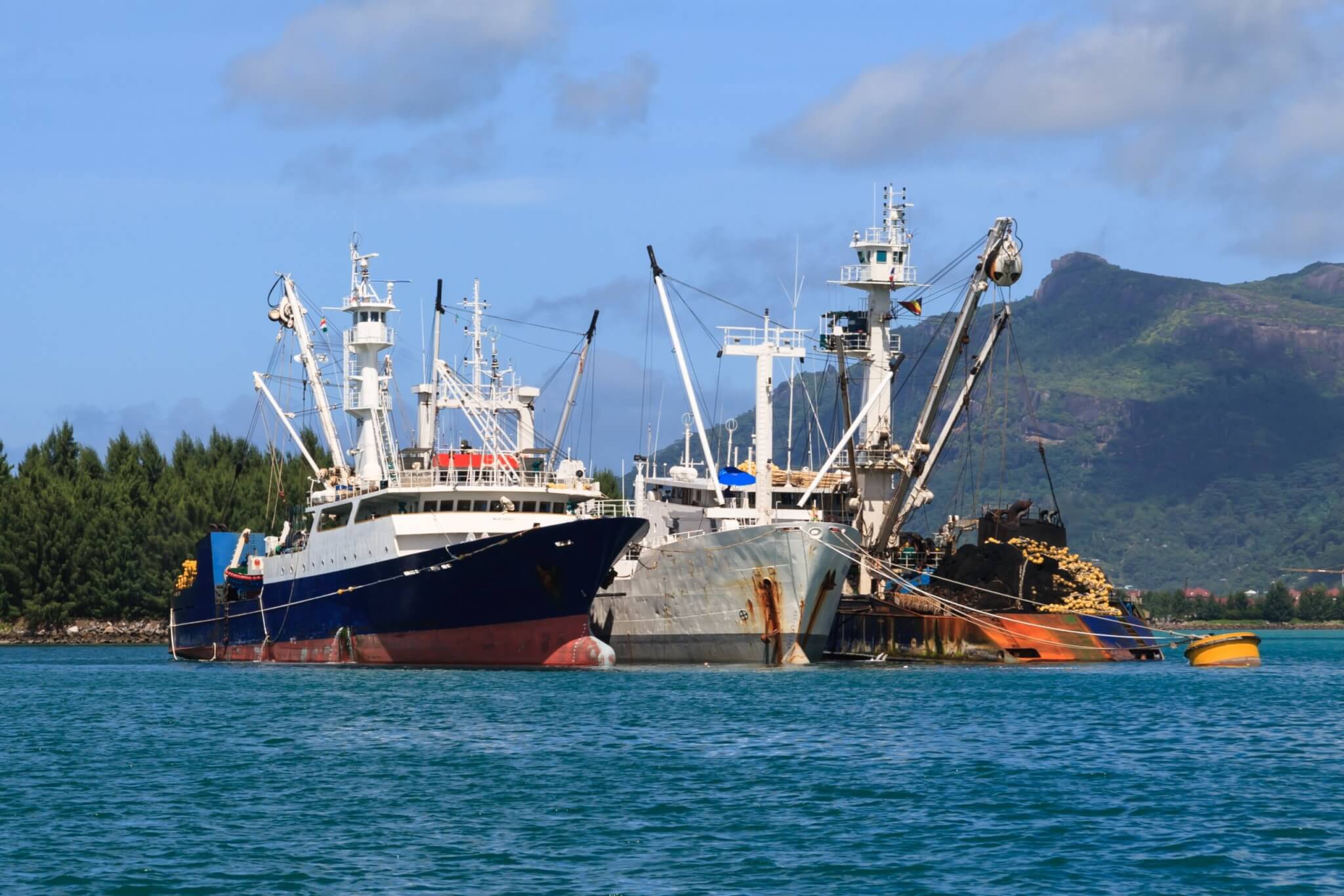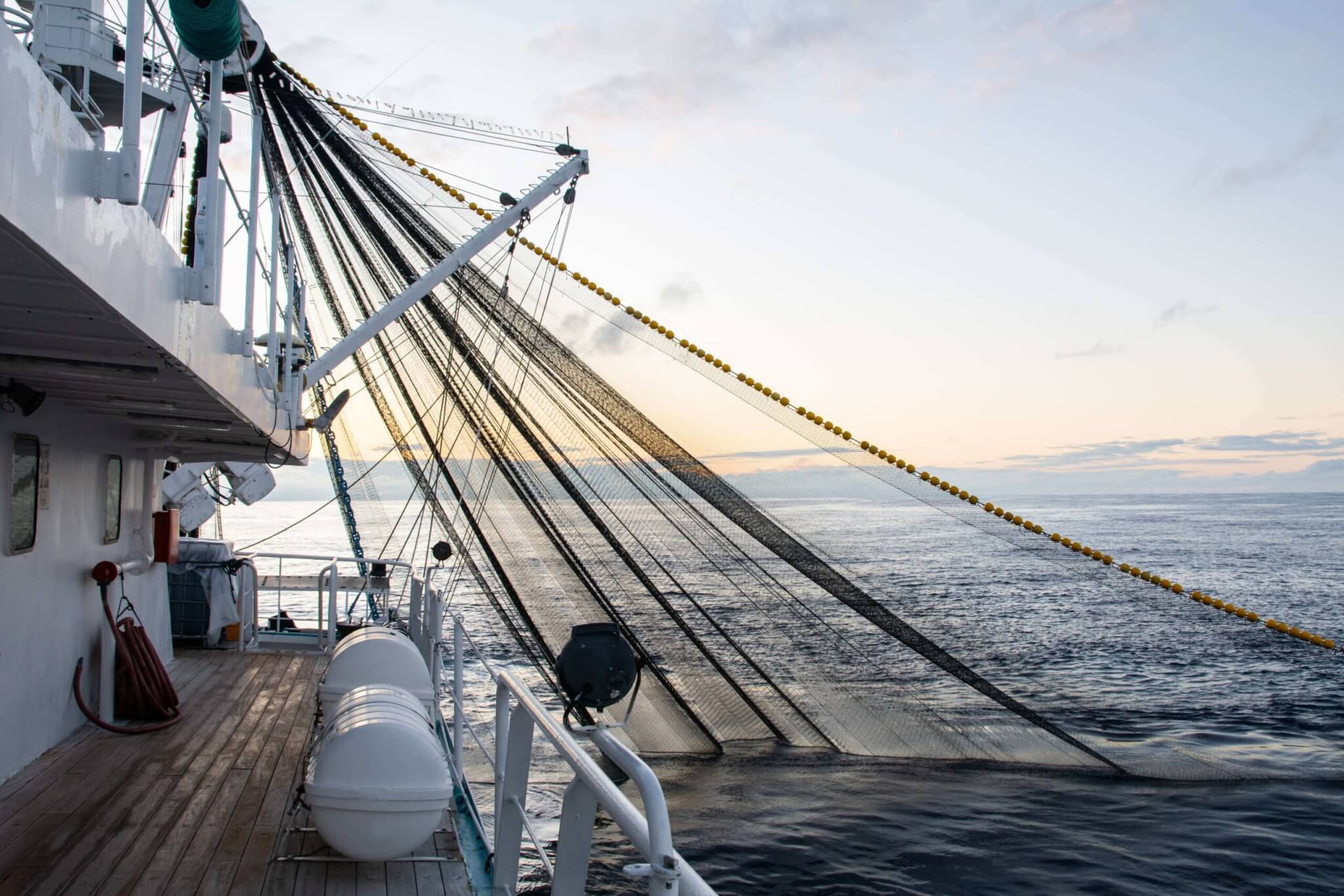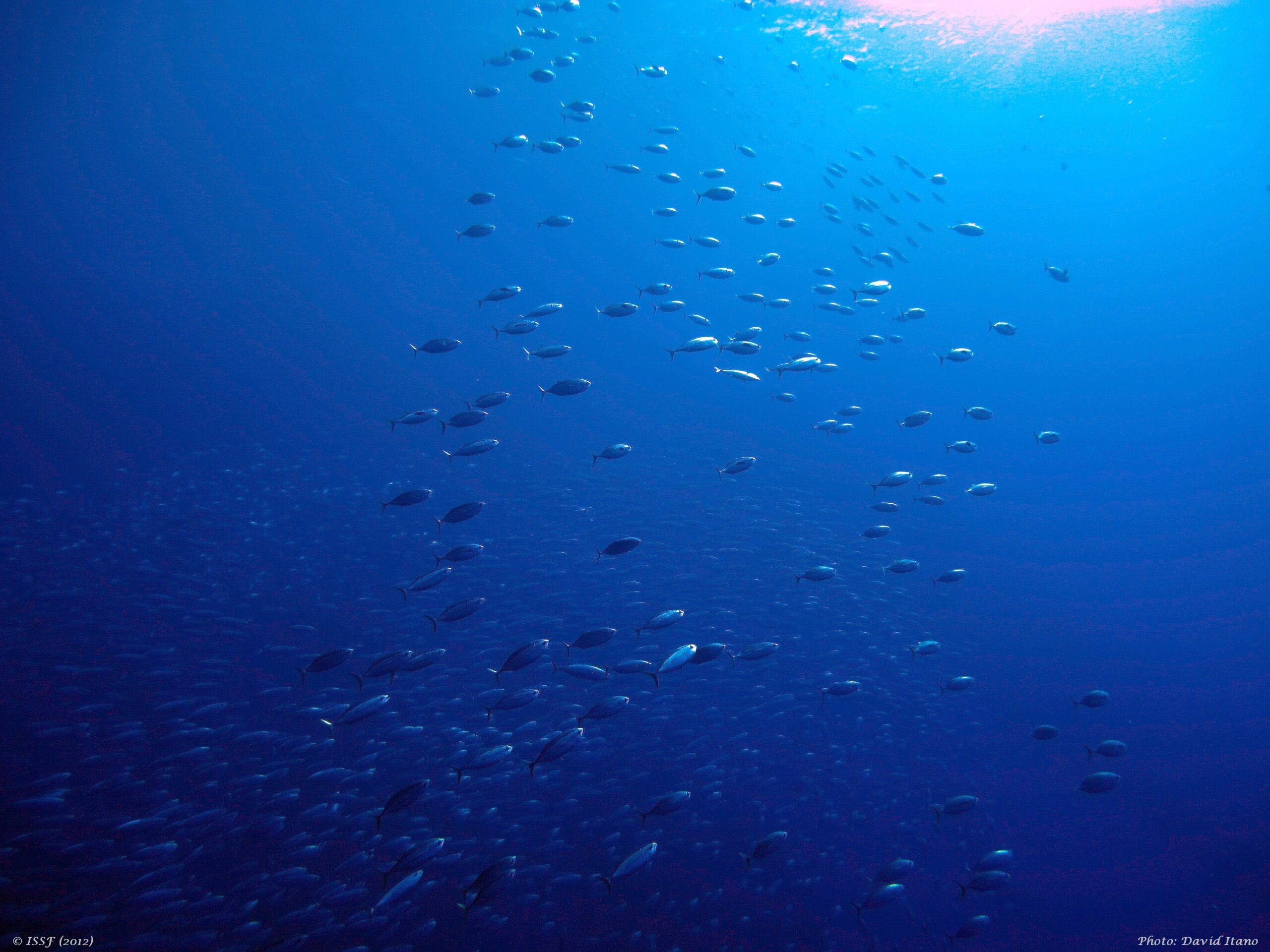7.4 Supply and Tender Vessels
Initially Adopted
- April 25, 2017
Supply and tender vessels are used in many oceans by purse seine vessels fishing with drifting (FADs). The primary use of supply and tender vessels is for maintaining a purse seine vessel’s network of drifting FADs at sea in good condition and in the appropriate areas. Currently three of the four tuna regional fisheries management organizations (RFMOs) allow for the use of supply and tender vessels, but with minimal regulation.
To further support the implementation of existing RFMO conservation measures for supply and tender vessels, and the collection of data and effective monitoring, control and surveillance of such vessels:
- Processors, traders, importers, transporters, marketers and others involved in the seafood industry, for skipjack, yellowfin and bigeye tuna with controlled supply or tender vessels that operate with purse seine vessels fishing for skipjack, yellowfin and bigeye tuna, shall:
- register all such vessels on the ISSF ProActive Vessel Register (PVR) and thereafter maintain such registration indefinitely;
- ensure all such vessels are listed on the authorized vessel record of the RFMO governing the ocean area in which the tuna was caught;
- ensure all such vessels have an IMO unique vessel identifier; and
- ensure all such vessels are not listed on the IUU Vessel List of any RFMO.
- For the purposes of this measure, controlled vessels include vessels as defined in ISSF CM 7.1 (a) and 7.1 (b).
- When registering all controlled supply or tender vessels on the PVR, in addition to the vessel attribute data already required as part of the PVR listing application, the vessel owner must provide the vessel names and flags of all the purse seine vessels that the listed supply or tender vessels support, to the maximum extent possible.
- For purposes of this measure, supply and tender vessels are any vessel used, or intended for use, for the purpose of fishing or directly involved in such fishing operations.
- For the purposes of this measure, “fishing” means:
- searching for, catching, taking or harvesting fish;
- attempting to search for, catch, take or harvest fish;
- engaging in any other activity which can reasonably be expected to result in the locating, catching, taking or harvesting of fish for any purpose;
- placing, searching for or recovering fish aggregating devices or associated electronic equipment such as radio beacons; and;
- any operations at sea directly in support of, or in preparation for, any activity described in subparagraphs (a) to (d), including transshipment.
RELATED CONTENT
100%
Full
Conformance
Conformance
-
Conservation Measures
-
Participating Company Audit Protocol
-
PVR Audit Protocol
-
Compliance Reports

